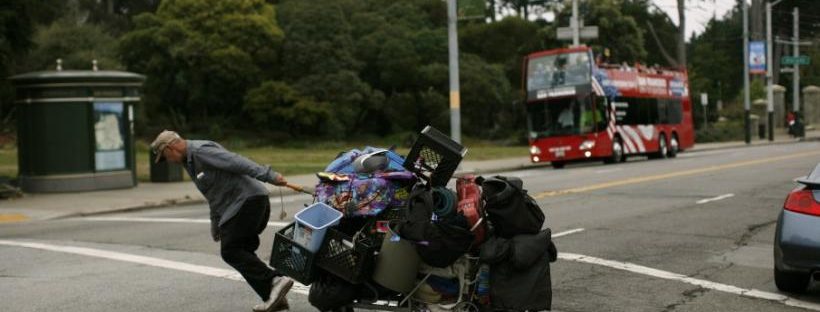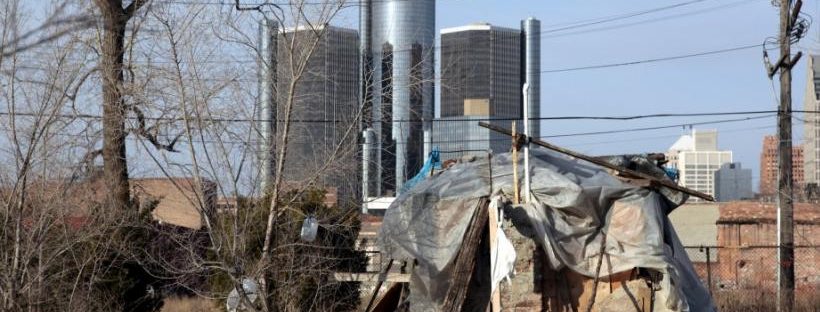Now that the season of giving is officially over, we are approaching the harshest time of year, when underprivileged, poor and homeless fellow Americans need our help the most. The average high [temperature] across the United States in January is 42° F and the average low is 27°, [making it[ the coldest month of the … Continue reading Can’t Stop the Giving
The Homeless Need More Than Blankets
In this land of plenty and this land of opportunity, [more than] 600,000 Americans experience homelessness on any given night, [including] 138,000 [...] under the age of 18. According to the National Alliance to End Homelessness, the national rate of homeless persons is 19 [in every] 10,000 people, with the highest [rate] in Washington, D.C., … Continue reading The Homeless Need More Than Blankets
Is the Recession Really Over?
[Recently], Gallup reported that the total number of new business startups and business closures per year, known as “the birth and death rates," [...] just crossed to the bad for the first time since [its] measurement began—[a]nnually, 400,000 new businesses are being born nationwide, while 470,000 are dying. [...] [Until] the recession, startups outpaced business … Continue reading Is the Recession Really Over?
Kids Lose Their Future to Poverty
Now that one school year is over and we are preparing for the next, June is a month of reflection for educators and parents on how to do better [for the] next school year. It is hard enough for students to learn at school in today’s world. You throw in overcrowding, teacher-to-student ratios, poverty affecting … Continue reading Kids Lose Their Future to Poverty
Why Fight for Our Country?
Earlier this year, Stars and Stripes, the independent newspaper to the military community, reported [that among] male veterans under [the age of] 30, [the suicide rate has increased by] 44%—[in other words, an average of] 22 veterans [...] take [his or her] own lives [every day]. Reasons for the increase could be the pressures of … Continue reading Why Fight for Our Country?
Did Not Make It Home for the Holidays
The weather [this month] not only played havoc on retail sales but ruined many holiday celebrations by causing electrical outages, undelivered packages and [poor travel conditions]. December brought the coldest weather some areas have seen in decades, [including] a reading of 135.8 degrees below zero [...] in Antarctica, [...] the lowest temperature ever recorded on … Continue reading Did Not Make It Home for the Holidays
Everyone Needs a Bed
Homelessness, poverty, recession—you would hope that a new year would wipe away all of the bad things that have happened to our nation, but it does not. We still wake up in 2013 with the same issues we had in 2012. Is there any hope in sight? According to the U.S. Census, the official poverty … Continue reading Everyone Needs a Bed
Who’s Your Best Friend?
We at DollarDays noticed this year on our Facebook page that every time we posted a picture of a dog or cat, it was shared five times more than any other picture we posted. In this modern world of us all moving in so many different directions at such a high speed, why do people … Continue reading Who’s Your Best Friend?
I Don’t Want to Be Homeless
What has America gotten itself into? Just about every state and every city is cutting back funding to services needed by those who need it most. The Chicago Reporter published the headline this week, “Temperatures dropping. Will the state restore funding for homeless shelters?” It goes on to report that the 2012 budget was cut … Continue reading I Don’t Want to Be Homeless


